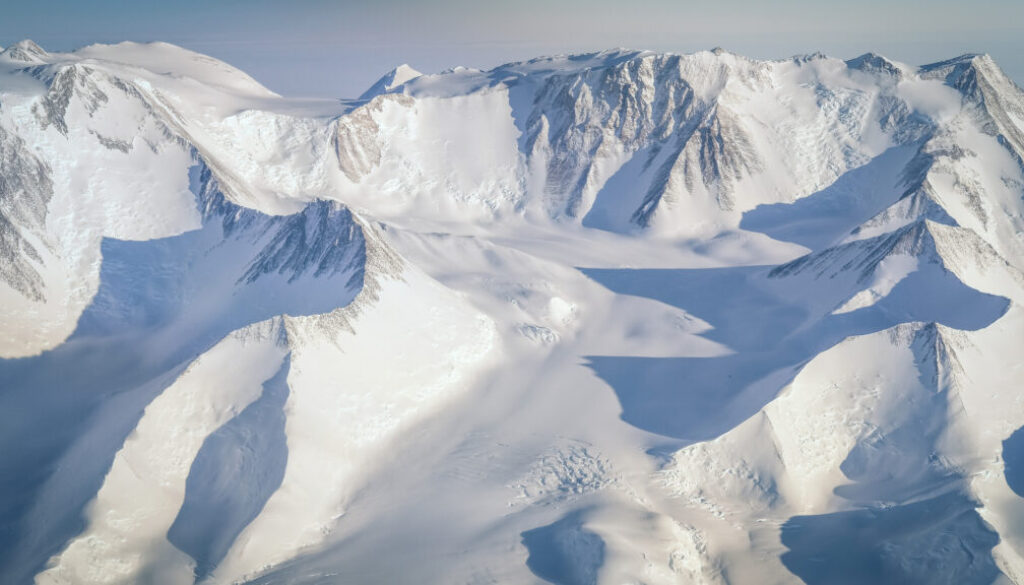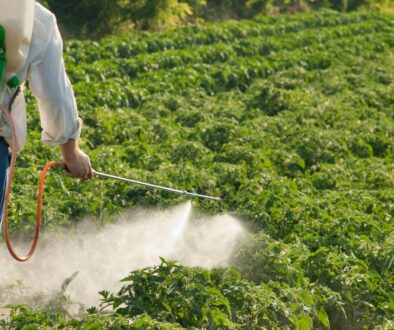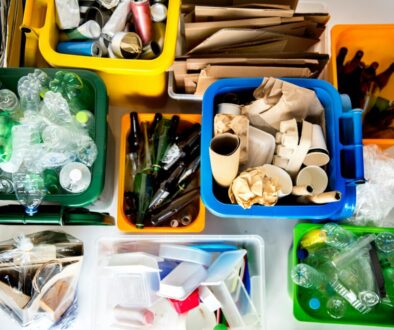Microplastic pollution found “pervasive” in Antarctic snow
New research has found significant levels of tiny microplastics within Antarctic snow from multiple locations across the world’s most remote wilderness, findings that reinforce concerns that no part of the planet is safe from plastic pollution.
The paper, published this month in Science of the Total Environment, provides evidence that earlier studies have underestimated the extent of microplastic contamination in the region.
The first such study on the subject, published in 2022, found an average of 29 particles per liter of snow sampled. The new study, which used techniques that allow for greater detection of tiny materials, found that “microplastics were pervasive” at more than 3,000 particles per liter, with an average of around 800 particles. About 95% of these bits were under 50 microns, slightly smaller than the average width of a human hair.
Researchers now know that microplastics are essentially everywhere — the remote Amazon, inside human brains, plant roots, clouds — but to find them in such levels in the world’s most remote wilderness still came as a shock.
“It was surprising to see such high concentrations of microplastics in areas with a limited human footprint,” said study co-author Emily Rowlands, a researcher with the British Antarctic Survey.
The samples were taken from snow near three remote research bases in different parts of the continent, known as Union Glacier, Schanz Glacier, and the South Pole. To get the snow, researchers dug eight to 16 inches down, examining plastic likely deposited in the last year or two.
Polyamide, a type of plastic used in textiles, ropes, outdoor equipment, and other products was the most prevalent type of plastic found at the first two sites. Polyethylene terephthalate (PET), commonly used in outdoor clothing and packaging, was the most abundant polymer at the South Pole.
Polyethylene (PE), the world’s most commonly used plastic, often used in making plastic bottles, was the third most prevalent type of plastic detected.
These materials are likely getting into the snow from local sources but also from long-range transport in the atmosphere, said Sedat Gündoğdu, a researcher uninvolved with the paper I who studies microplastics at Cukurova University in Turkey. Particles may also be coming from plastic trash carried in the ocean and then making its way around in snowfall itself.
“This shows that any piece of land can be contaminated with microplastics even without any [nearby] human activity,” Gündoğdu said.
The tiny size of these particles is particularly concerning, he added, since anything smaller than 100 microns can enter the bodies of many organisms, including animals as diverse as krill, penguins, and humans.
When ingested, these particles can obstruct further eating, limit growth, and hinder health and the ability to reproduce, Rowlands said.
This pollution amounts to an “additional stressor in an already stressed ecosystem,” Rowlands said, likely impacting the ability of polar species to cope with climate change and other human-related pressures.
The fact that human activity is leaving a “considerable microplastics footprint in Antarctic snow” provides even more reason to act on this “global emergency,” Gündoğdu said. We “must cap plastic production to leave the earth less polluted for the future generations and wildlife,” he added.
(Featured image of the Ellsworth Mountains, near Union Glacier in Western Antarctica, by Steve Gibbs, British Antarctic Survey)




